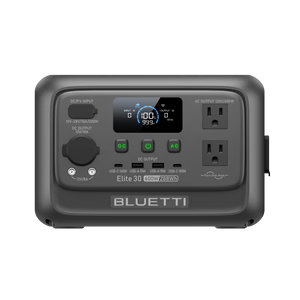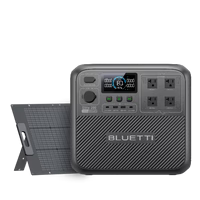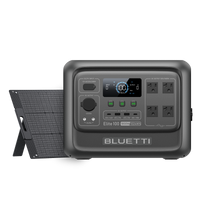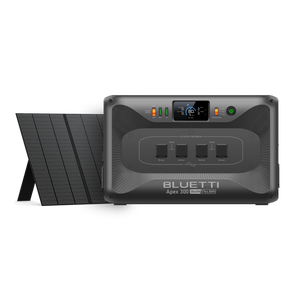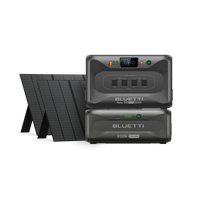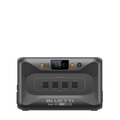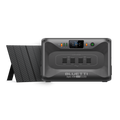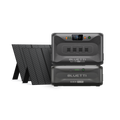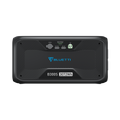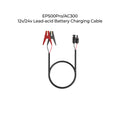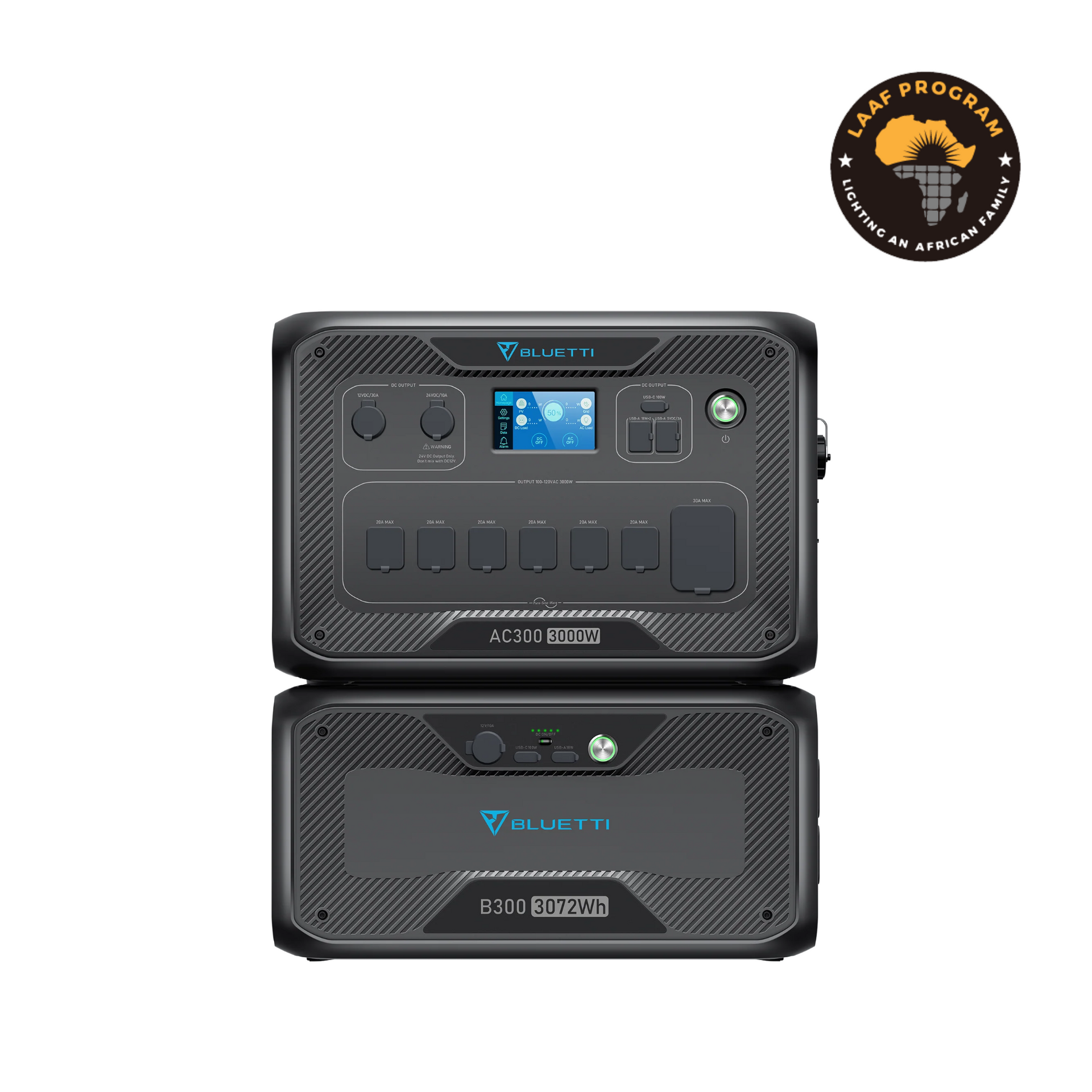Maximizing the sun’s energy by use of sunlight greenhouses is a game-changer in sustainable agriculture. In this in-depth guide, we'll cover all that pertains to these two methods, transforming solar energy into a conducive environment for plant growth. We shall go into detail on how an active solar greenhouse or passive solar greenhouse operates, in addition to outlining their strengths and weaknesses. We will further differentiate between these two to enable you to understand the differences. This guide will tell you about all the types of greenhouses that you need to know right from a novice gardener to someone who’s been at it for ages.
What Is the Passive Solar Greenhouse?
A passive-based sunlight greenhouse is a marvel of sustainable design. This structure provides the plants with an even, warm abode using nothing more than energy from the sun without the recourse of external power. Such a building inherently utilizes orientation, thermal mass, insulation and glazing material to efficiently collect, store, and distribute solar energy. The intention is to maximize solar-gain in colder months, minimize heat loss and sometimes incorporate natural ventilation preventing overheating during warmer periods. This results in a sustainable, low energy use greenhouse working in tune into the local climate and sun path.
What Are the Advantages and Disadvantages of Passive Solar Greenhouse?

The passive solar greenhouses have several advantages. First and foremost, the concept is energy-efficient, where it utilizes the sun's power to insulate heat, meaning that once placed inside there will be no need for further electricity or gas power to provide warmth maintenance. It is also cost-effective because it only requires a one time cost whereby after setting up, there are minimal further costs associated with it. It is environmentally friendly because it minimizes pollution by making use of solar power.
However, it has a few disadvantages. It can comprise large amounts of heat-retaining materials which may increase the setup cost manifold. It is also geographically restrained so that areas which lack sunlight might not benefit from them fully. And ventilation and shading have to be meticulously controlled to prevent the response from heating up.
How Much Does a Passive Solar Greenhouse Cost?
The price of this greenhouse construction can vary widely depending on the size of the greenhouse, as well as the quality of building materials and whether any comforts will be added to it. As a rule of thumb, a fully done passive solar greenhouse of 36’ x 14’ (504 sq ft) with some nice finishing touches can usually be built for about $5,500. However, the materials alone can run around $25 per square foot for some designs. If you go with this design and opt out of solar fans and panels, cistern, spigot, and the cistern foundation/pad, total material cost could be around $7,000 to $8,150. These costs are estimates and actual prices may vary.
What Is the Active Solar Greenhouse?
An active solar greenhouse is more advanced, as it produces electrical power by the help of solar panels which exchange energy with the structure. The fans, heaters, and pumps help circulate heat to the plants. Another class of greenhouses, active solar greenhouses, takes advantage of the energy offered by the sun to have direct control of the environment within the chamber as compared to the passive natural sunlight heating and lighting approach followed by passive solar greenhouses. This means that even in climatic conditions that are not ideal for growing a given plant, they can still make it conducive. These ones are designed for capturing maximum sunshine and therefore act as the producer of the energy. Active solar greenhouses are widely utilized in the store's solar energy produced by the greenhouses for heating purposes.
What Are the Advantages and Disadvantages of Active Solar Greenhouse?

There are several advantages derived from active solar greenhouses. Active solar greenhouses tend to be energy efficient because they rely on the input of solar power into different technologies. The use of renewable forms of power helps reduce operational costs. Sustainable agriculture is enhanced since resources such as water are conserved in active solar greenhouses. The temperature within the active solar greenhouses remains constant thereby extending the growing season.
But, there are a few demerits. The costs of installation can get sky-rocketed as the amount involved is around solar panels and correlated equipment. It would require timely maintenance to keep the systems well-functioning. There might be design constraints in useful absorption of solar energy. Lastly, weather conditions can affect temperature control and energy production, leading to variable crop output.
What Is the Difference Between Active and Passive Solar Greenhouses?
The key element that differentiates these sunlight greenhouses is in the way that they heat. Passive solar greenhouses achieve optimization of energy from natural sunlight through design approaches such as proper orientation, thermal mass, as well as insulation ideas that are specialized and target self-sustainability. Maintenance depends largely on heat and light energy from the sun for heating of the surrounding. Contrarily, active solar greenhouses depend on electrical energy produced by solar panels to power fans, heaters, as well as pumps used in circulating warm air over plants. They manipulate the internal environment to the most desired conditions using solar energy no matter any adverse climatic changes.
How Much Does an Active Solar Greenhouse Cost?
The price of an active solar greenhouse can differ depending on the size, design, and features but also how much does the solar system cost and the installation thereof. Research shows that the cost of a working solar greenhouse can range between $25 and $45 per square foot for energy, which specifically includes appropriate correlation of the cost to the structure of the greenhouse proper including the solar panels, batteries, and electric wiring.
Do You Need Solar Batteries for Solar Panels?
Sunlight batteries are indeed a valuable addition to sunshine panel systems. They store excess energy, which is generated from your solar panels, and it can thereby be used instead of sun hours that do not exist, such as during cloudy days or at night. This guarantees constant power flow, and this keeps your solar energy system efficient and up to the task. In cases of net energy metering, you get to accrue credits for any excessive energy supply being sent back. Now, let us run down through the top-rated solar batteries:
AC300 + 1*B300 Battery Backup
Unleash the power of the sun and store it to your home or outdoor needs with BLUETTI AC300 + 1*B300 Home Battery Backup. Consist of a 3,000W pure sine wave inverter (AC300) paired with 3,072Wh battery pack (B300). Moreover, you can expand this system four times to achieve a capacity of 12,288Wh, which is extremely large.
On the AC300, you will be able to check the input and output status information, battery percentage, and many more on a large LCD screen. And that's not all. The unit offers 14 output ports, from six 120V/20A grounded ports to a 24V/10A car outlet. But what about all your other stuff? Two 15 watts wireless charging pads are what it offers.
The B300, with more than 3,500 cycles and high-level safety performance, features a LiFePO4 cell. It comes together with an LED light that displays the battery level and its charging status. Besides, it is so easy to connect with the AC300 due to its plug-and-play design.
The backup features a 1500Wh lithium power station with an ability to be charged in seven different ways that include AC, solar, car, generator, lead-acid battery, dual AC, and AC+Solar. Reduce your charging time and maximize efficiency with a high maximum solar input of up to 2400W and a maximum fast dual charging of 5400W.
AC500 + B300S Battery Backup
Introducing the AC500 + B300S Backup, your on-the-fly home for hearty, flexible power storage and solar power. This durable duo features a 5,000W pure sine wave inverter (AC500) and a 3,072Wh battery pack (B300S). And with this dynamic duo? This system can be scaled out to six times to have a total capacity that makes up 18,432Wh.
The AC500 is designed with a large LCD screen and central control panel for indicating status such as input and output, battery, and other information. And that's not all. It gets 16 outputs, ranging from five 13A UK plugs to a 24V/10A car outlet. And for your mobile devices it offers two 15W wireless charging pads.
And now, the B300S, a lithium iron phosphate (LiFePO4) battery that has made quite a name for itself with more than 3,500 cycles of cycle life and stellar safety performance. Differing from majority batteries of its kind out there, connecting it up to the AC500 is a piece of cake because it is mostly plug-and-play. Another added feature in this battery is a built-in LED light that gives indication for the level and status of the charging.
Final Thoughts
Active and passive forms of solar-powered greenhouses both have a number of advantages to the farmer, including reduced energy costs, larger harvests than what is possible under normal circumstances, and little or no harm to the environment. In turn, passive and active solar powered greenhouse systems present some disadvantages in that they are associated with very high costs of implementation, require technical know-how, and can be problematic when it comes to maintenance. However, despite the challenges, species cultivated in solar-powered greenhouses have advantages that positively inclined them to be chosen for sustainable cultivation. In future as the technology progresses and costs of the technology dwindle, it is anticipated more farmers may be driven into the technology in quest of maximizing their profits while minimizing negative environmental consequences.
